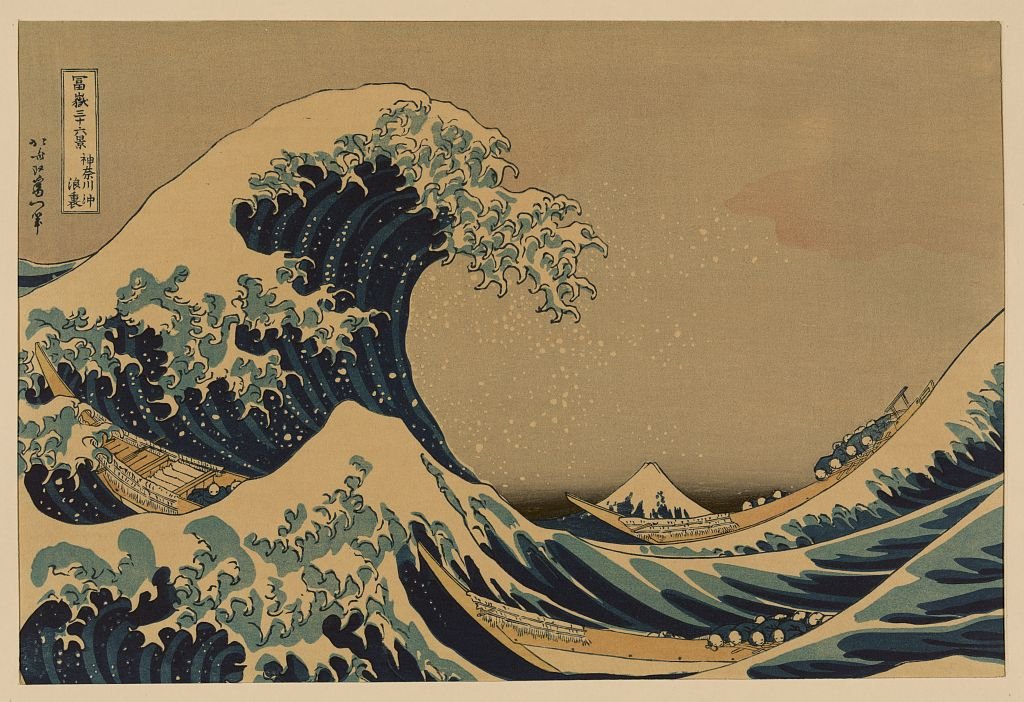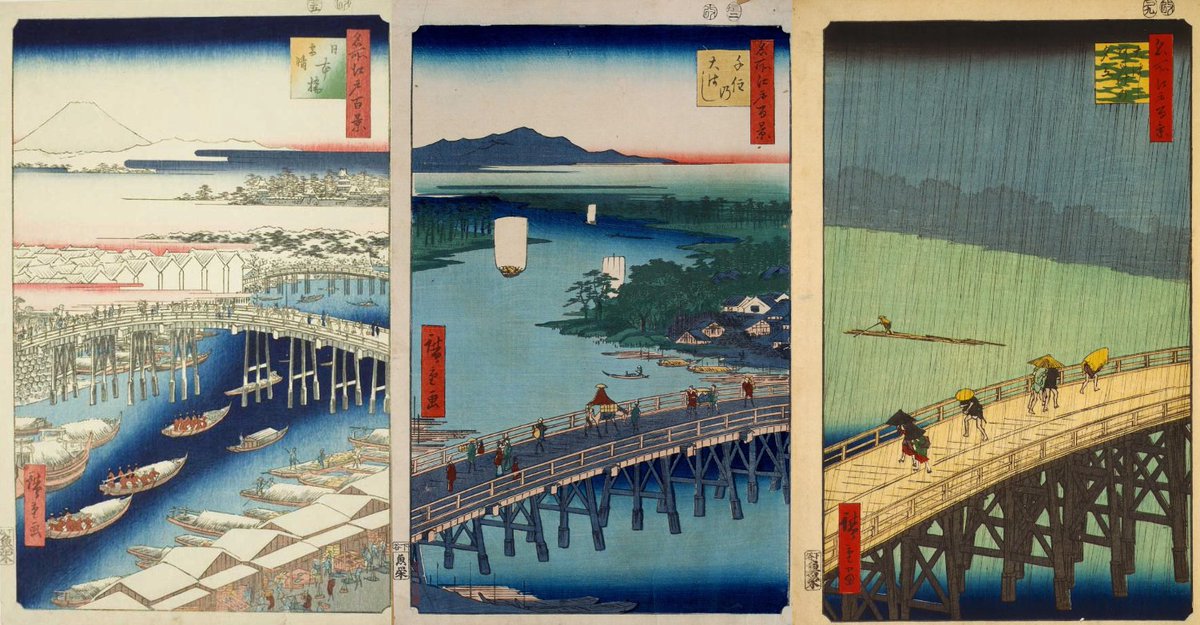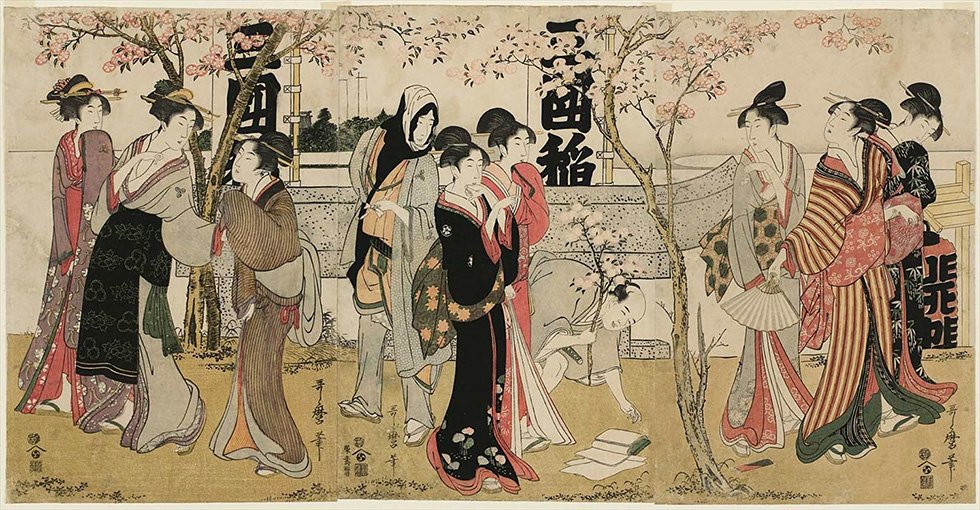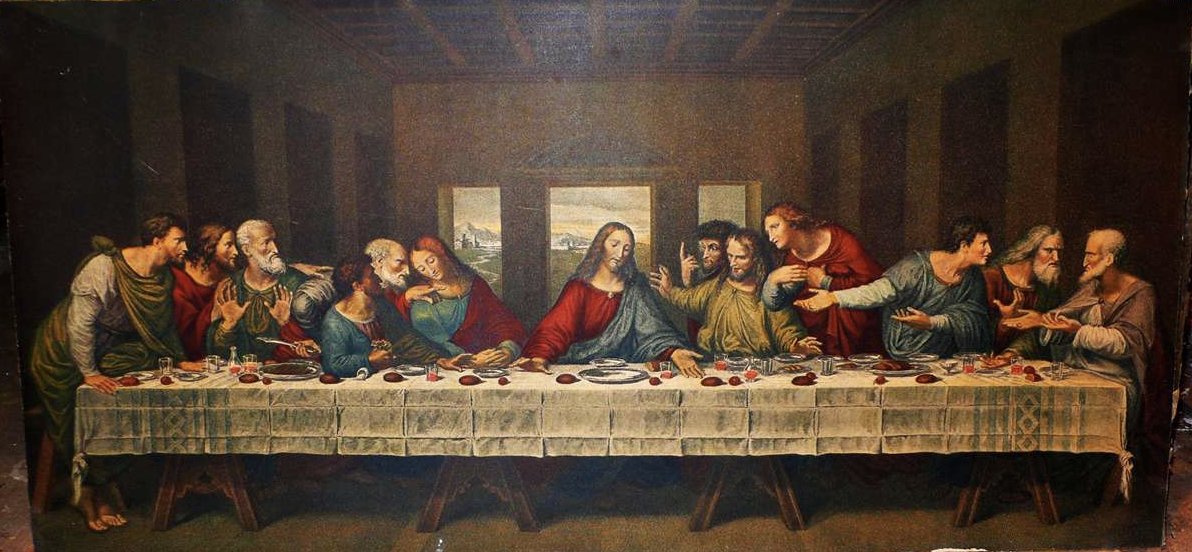It's not about rejecting organization, but rather ensuring that everyone involved has the right to be organized; it's not about lacking focus, but rather that every focus gets its turn.
Author: Bruce
Have you ever thought about how an era is remembered? Not through wars, not through the monuments left by victors, but through those seemingly insignificant moments: a blooming cherry blossom, a figure passing through an alley, a child gazing up at the sky. Ukiyo-e captures these.
In the hearts of many, ukiyo-e is a style, a decoration, a vibrant small painting from old Japan. But it is actually a "mirror" of an era. Take a look at Katsushika Hokusai's "The Great Wave off Kanagawa," where the towering wave seems to swallow a small boat, but if you look a little longer, you'll realize that the wave is not a disaster, but a moment of vastness and openness. It doesn't seek to conquer you; it simply shows you — "the enormity of the moment."

Now look at Utagawa Hiroshige's "One Hundred Famous Views of Edo" series, where there are no palaces, no nobles, only the fishing lights by the bridge, pedestrians in the rain, twilight ferry crossings, or fluttering carp streamers. You can feel a wonderful tranquility; it is not indifference, nor is it silence, but a stillness of "living authentically."

Then there are the beautiful women depicted by Kitagawa Utamaro, who are not eternally sculpted but vibrant, soft, and fleeting, like a gentle face you see in a crowd that disappears the next moment.

These paintings do not have grand themes, nor are they crowded. They are dedicated to the "present" — to the faint light of dawn filtering through the window, the gentle breeze rustling the willows, the laziness of a sleepy cat, focused on that moment of self.
Now compare this to Western paintings: since the Renaissance, Western art has pursued "eternity" — compositions with focal points, logical light sources, symbolic figures, and images meant to "illustrate a meaning." The viewer stands outside the painting, gazing into a world that has been arranged. In Da Vinci's "The Last Supper" and Raphael's "The School of Athens," every character's position is like a scripted play, and every beam of light has a "hierarchical relationship."

Ukiyo-e, however, goes against this trend — it doesn't tell you where to look, doesn't arrange a protagonist, and even rejects perspective. The painting is laid out flat, every part is important; wherever you look, that place naturally becomes the focus.
The term "ukiyo" was not originally a compliment. It is a Buddhist term referring to this tumultuous, ever-changing, and bittersweet human world. But during the Edo period, it was reinterpreted. People no longer merely lamented impermanence; instead, they began to feel — since everything will pass, why not seize the moment that is happening? Thus, "ukiyo-e" began to emerge — a craft that records the everyday through images, an art that captures the flow of time from an equal perspective.
Ukiyo-e paintings do not have protagonists, nor do they elevate a particular viewpoint. You cannot see who stands in the center of the stage or who retreats to the corner; you can only wander freely in the painting with your own gaze, as if you are walking into a city's twilight, an unembellished evening street.
It tells you: there is no "absolute focus" in this world. Every element has its own place, every existence shines, even if just for a moment.
This concept sounds like aesthetics, but it is almost philosophical. It is an acknowledgment of "impermanence": recognizing that everything will eventually fade, not depicting eternity, but cherishing the present; it is a commitment to "equal perspective": you do not need to climb to a high place to be seen; standing in place, you also have your significance; it is a gentle "decentralized composition": no one dictates where you should look, no one dictates who you are a backdrop for.
I later realized that I like ukiyo-e because it is not just a way of painting; it is also a way we should live. Not everyone needs to stand in the spotlight, and not everything needs to have "meaning." As long as you are at that moment, in that position, you have appeared, you have felt, and everything about you has already been established; indeed, for you, that is the greatest meaning. Does my writing have any practical significance? My writing, your reading, the algorithm's recommendation, the system's retention — which of these is called meaning?
Nowadays, the screens have changed, the carriers have changed, but this sense of decentralization has been revived in the world of Web3. We are no longer simple users, no longer arranged spectators, but a node in the system, a point in the composition, with our own visibility and a small but certain place.
Everyone is no longer just an observer of the painting, but is participating: signing a contract, minting an NFT, leaving a transaction. Even if it is light, it will be packed into a block, becoming part of the consensus, a cornerstone in constructing this vast world from the future.
Web3 does not make you a "star," but rather lets you know — "you are a stroke in the picture," and that is enough. No noise, no absence, no need to define meaning, yet it is worth leaving behind.
This world will continue to flow, and we will all continue to change, but we are standing in this moment, with names, actions, and positions, like a clear highlight gently recorded in the fibers of time. At that moment, at that coordinate, in that instant when the gas was burned, you were acknowledged: you contributed a piece of data on the chain, you truly existed.
The structure of this world's canvas is changing. From looking up to looking straight ahead, from being organized to self-organizing, from a center illuminating the whole scene to each stroke shining on its own. You do not need to become "the one who can change the system"; you only need to be one who is willing to participate in this system. Even a small action is a form of "presence."
If you view every interaction as a stroke of painting, you will find: Web3 is not a script with a "main storyline"; it is more like an endlessly unfolding scroll. Each person is a point in the composition, and each point is unique.
This is a very human-centered structure. It does not ask who you are, but rather asks you: what stroke do you want to be?
Perhaps this is the gentlest expression of "decentralization." It's not about rejecting organization, but about ensuring that everyone involved has the right to be organized; it's not about lacking focus, but rather that every focus gets its turn.
We are all here. Not standing outside the painting watching, but living within it. Even if you only appeared for a second, you have already become a part of it. And this is the best evidence that you once appeared in this era.
What stroke do you think you are in the Web3 scroll?
免责声明:本文章仅代表作者个人观点,不代表本平台的立场和观点。本文章仅供信息分享,不构成对任何人的任何投资建议。用户与作者之间的任何争议,与本平台无关。如网页中刊载的文章或图片涉及侵权,请提供相关的权利证明和身份证明发送邮件到support@aicoin.com,本平台相关工作人员将会进行核查。




